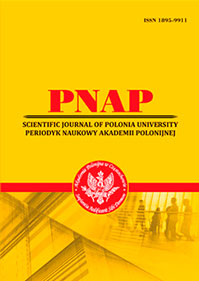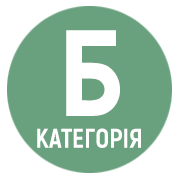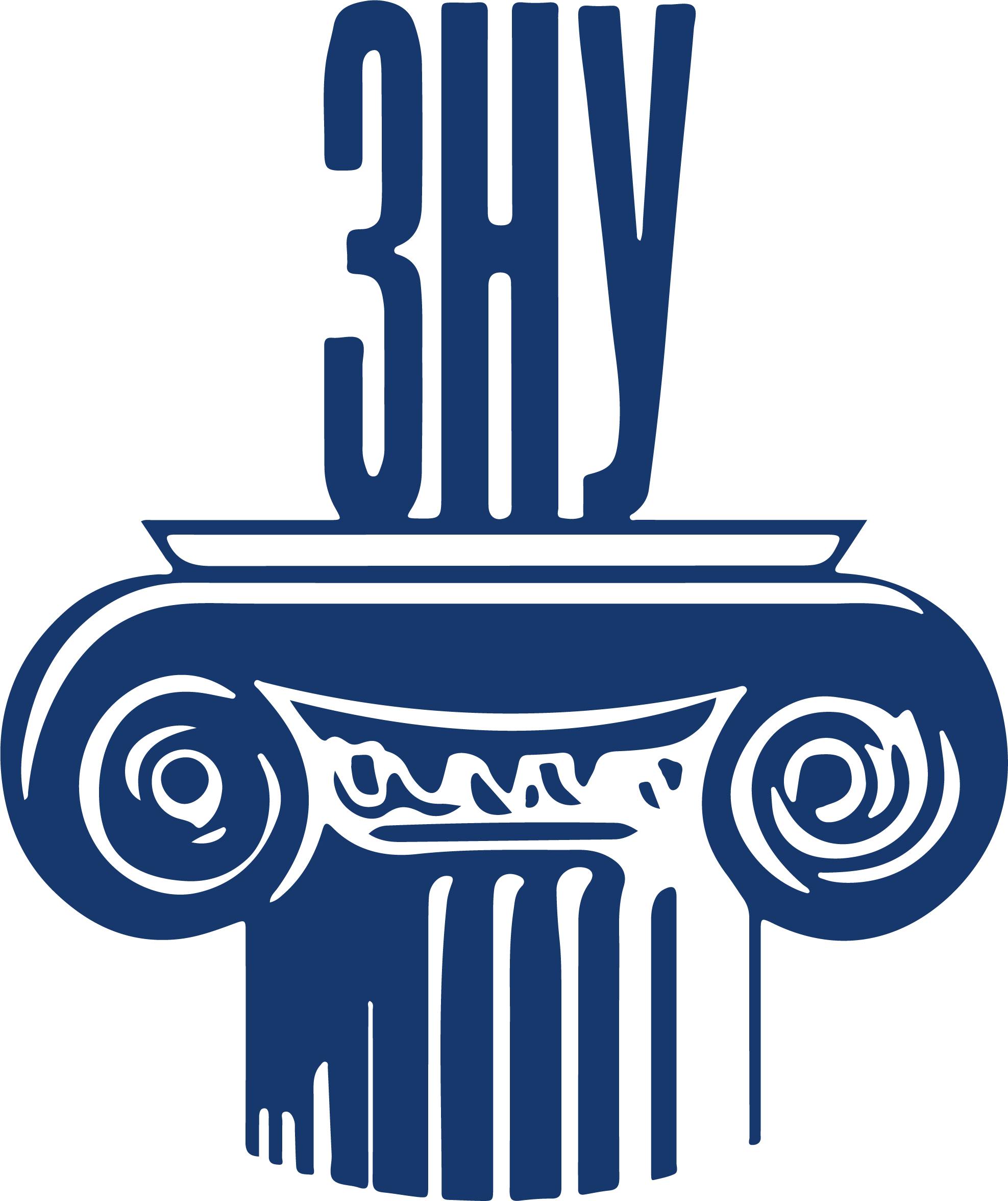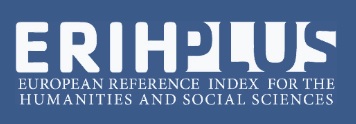STRUCTURAL AND COMMUNICATIVE CHARACTERISTICS OF THE ACADEMIC DISCUSSION GENRE IN SPOKEN ENGLISH INTERACTION
Abstract
This study aims to depict the structural and communicative characteristics of academic discussion as a spoken genre, with a focus on its relevance in educational contexts. Academic discussion is defined as a structured, interactionally complex genre that requires both linguistic proficiency and strategic discourse management. It is a critical but underexplored genre of spoken interaction in terms of structure and communicative function in English as a Foreign Language (EFL) contexts.Drawing on genre theory, dialogic teaching, sociocultural discourse theory, and frameworks such as the CEFR and Accountable Talk, the study synthesizes recent literature (2010–2024) on discourse structure, talk moves, and interactional competence. A thematic analysis was conducted to identify recurrent features of academic discussion, particularly content-oriented and metacommunicative talk moves.From the structural perspective, academic discussion as a communicative event exhibits a three-phase macrostructure: Initiation, Development, and Closure, each governed by distinct interactional norms. From the communicative perspective, academic discussion operates on dual levels: disciplinary knowledge-building through content-oriented talk moves (CTMs), and interactional management of communication via metacommunicative talk moves (MCTMs). CTMs explore, construct, or evaluate the academic content under discussion. MCTMs manage the discussion itself, thus guiding, repairing, or regulating the interaction. A taxonomy of MCTMs is suggested that incorporates talk moves as follows: pressing for reasoning and clarification, encouraging to support ideas with examples/evidence, building on and/or challenging a partner’s idea/evidence, agreeing or disagreeing, revoicing/paraphrasing, keeping the channels open, marking good reasoning /contributions, and keeping the goal or topic in mind. They are mapped to the principles of accountability to critical thinking, accurate knowledge and discursive community.The findings have wider implications for educational settings, where academic discussion is a pivotal genre of oral interaction. Future research should empirically validate the proposed taxonomy and develop assessment tools based on it.
References
2. Angelo, T.A., & Cross, K.P. (1993). Classroom assessment techniques: A handbook for college teachers (2nd ed.). Jossey-Bass.
3. Atwood, S., Turnbull, W., & Carpendale, J.I.M. (2010). The Construction of Knowledge in Classroom Talk. Journal of the Learning Sciences, 19(3), 358–402. Retrieved from: https://doi.org/10.1080/10508406.2010.481013.
4. Brookfield, S.D., & Preskill, S. (2016). The discussion book: 50 great ways to get people talking. Jossey-Bass.
5. Brown, G., Yule, G. (1983). Teaching the spoken language: An approach based on the analysis of conversational English. Cambridge University Press.
6. Council of Europe. Common European Framework of Reference for Languages: Learning, teaching, assessment – Companion volume. (2020). Strasbourg: Council of Europe Publishing. Retrieved from: https://www.coe.int/en/web/common-european-framework-reference-languages.
7. Fernández‐Fernández, R. (2021). Using dialogic talks in EFL primary teacher education: An experience. Revista Nebrija de Lingüística Aplicada a la Enseñanza de Lenguas, 15(31), 1–15. Retrieved from: https://revistas.nebrija.com/revista-linguis-tica/article/download/367/342/1473.
8. Hyland, K. (2004). Genre and second language writing. University of Michigan Press.
9. Hyland, K. (2009). Teaching and researching writing. 2nd edn. Pearson Education.
10. Mercer, N. (2000). Words and minds: How we use language to think together. Routledge.
11. Michaels, S., O’Connor, C., & Resnick, L.B. (2008). Deliberative discourse idealized and realized: Accountable talk in the classroom and in civic life. Studies in Philosophy and Educa- tion, 27(4), 283–297. Retrieved from: https://doi.org/10.1007/s11217-007-9071-1.
12. Michaels, S., & O’Connor, C. (2012). Talk sci- ence primer. Cambridge, MA: TERC. Retrieved from: https://inquiryproject.terc.edu/shared/pd/TalkScience_Primer.pdf.
13. Miller, C. R. (1984). Genre as social action. Quarterly Journal of Speech, 70(2), 151–167. Retrieved from: https://doi.org/10.1080/00335638409383686.
14. Resnick, L.B., Michaels, S., & O’Connor, C. (2010). How (Well-Structured) Talk Builds the Mind. In L.B. Resnick, C. Asterhan, & S.N. Clarke (Eds.). Socializing Intelligence through Talk and Dialogue. Washington, DC: American Educational Research Association, 175–195.
15. Ritchhart, R., Church, M., Morrison, K. (2011). Making thinking visible: How to promote engagement, understanding, and independence for all learners. Jossey-Bass.
16. Rolfe, G., Freshwater, D., & Jasper, M. (2001). Critical reflection for nursing and the helping professions: A user’s guide. Palgrave Macmillan.
17. Sánchez, S.L., & Athanases, S.Z. (2023). Dialogic teacher inquiry: The case of a preservice teacher learning to facilitate class discussion. Dialogic Pedagogy: An International Online Journal, 11, 9–29. Retrieved from: https://files.eric.ed.gov/fulltext/EJ1398180.pdf.
18. Tannen, D. (1993). Framing in discourse. New York: Oxford University Press.
19. Turnbull, W. (2003). Language in action: Psycho- logical models of conversation. Psychology Press.
20. Zhang, L.J., & Zhang, D. (2020). Dialogic discussion as a platform for constructing knowledge: Student-teachers’ interaction patterns and strategies in learning to teach English. Asian-Pacific Journal of Second and Foreign Language Education, 5(13), 1–22. Retrieved from: https://www.researchgate.net/publication/346631732.
21. Zwiers, J., Crawford, M. (2011). Academic conversations: Classroom talk that fosters critical thinking and content understandings. Stenhouse Publishers.

This work is licensed under a Creative Commons Attribution 4.0 International License.
 ISSN
ISSN 


.png)




